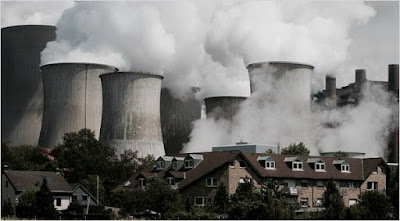Sustainable Building Design
Leadership in Energy and Environmental Design
Reducing waste and inefficiency in buildings might sound like a huge, abstract goal for property owners, designers and architects. What they may not know, however, is that there is a clear and actionable set of sustainability standards they can use. These principles can not only help improve a building’s ecological footprint, but also save significant money over its lifetime. These standards were developed as part of the U.S. Green Building Council’s Leadership in Energy and Environmental Design (LEED) program — and if you’re one of the few professionals who haven’t delved into what they could mean for your projects, now is the time.
Boiled down to its most basic premise, LEED is a system in which buildings are awarded points based on their performance in a number of key metrics. These include water efficiency, energy efficiency, use of resources, and indoor air quality (among others). Adopting sustainable practices, designs and materials in any or all of these areas increases the building’s score, which determines its certification. LEED Platinum-certified structures are recognized as among the most energy-efficient and environmentally responsible in the world. The system serves as a way to encourage the construction industry to incorporate more of these standards into its work.
Earning points may be as simple as using recyclable perforated metal in architectural details or installing LED lighting fixtures. If you want to learn more about how this program works and how you can benefit from it, see the accompanying infographic. It contains important information you can use to increase the sustainability of your project, benefiting both your future operating costs and the planet.

Author bio: Sandy Winkelman is head of marketing at Hendrick Manufacturing, a metal solutions provider. Winkelman has more than 25 years of industrial marketing experience where she specializes in “how-to” content with an industrial slant.


